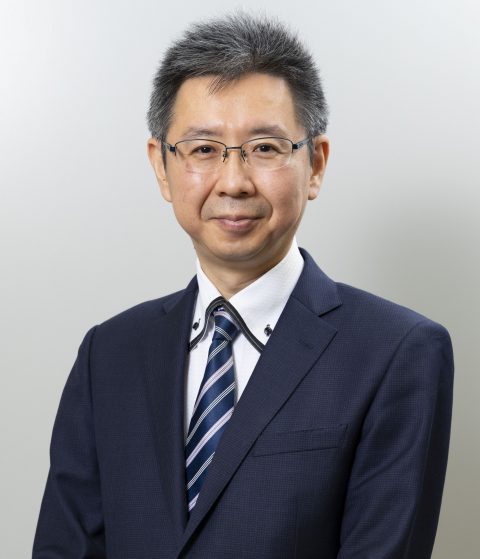
Professor, the Department of Diagnostic and Interventional Radiology
I was appointed as the first professor of the Department of Department of Diagnostic Imaging, Graduate School of Medicine, Hokkaido University on August 1st, 2019. The department of radiology, which was originally called the Department of Radiation Medicine, traces its history back to 1949. Dr. Masaru Wakabayashi was welcomed into this department as the first professor, and his successors, namely Professor Goro Irie, Professor Kazuo Miyasaka and Professor Hiroki Shirato, led our predecessors to leave a huge legacy in diagnostic imaging and radiotherapy. In 1983, the Department of Nuclear Medicine became independent. Led by the first professor Dr. Masayori Furudate and subsequently by Professor Nagara Tamaki, this department made great achievements in developing PET scanners and radioactive tracers. In 2019, the two departments were reorganized into radiotherapy unit (the Department of Radiation Oncology) and diagnostic imaging unit (the Department of Diagnostic and Interventional Radiology), which is now responsible for treatment, research and education in diagnostic radiology, IVR and nuclear medicine.
Diagnostic imaging must cover the entire human body using various diagnostic devices. This requires a broad knowledge of subjects related to human anatomy and pathophysiology, and simultaneously we must focus on a specific type of devices or area of the body in order to offer accurate and useful information to patients and health professionals. Teaching staff are specialists engaged in advanced treatment and research. Young doctors will gain outstanding training in a wide range of different fields so that they can acquire diverse, well-balanced professional knowledge and skills. There is the shortage of radiologists throughout geographically vast Hokkaido. We are providing integrated education for medical students and future specialists to upgrade radiology and radiotherapy in Hokkaido.
Diagnostic imaging/IVR is not conspicuous, but reliably supports clinical services needs of doctors of other departments. From the point of patient safety, our role is becoming more important than ever. We will do our utmost to fulfill our duties — issuing a prompt and accurate interpretation report, updating IVR to cope with sudden changes in patient condition, etc.
Hokkaido University hopes to be a leader of unique research, something that is first of its kind in the world. We are not content with present diagnostic/IVR devices. We will never forget the pioneering spirit of our predecessors and continue exploring leading-edge diagnostic imaging in close collaboration with researchers of basic medicine, technology and science.

